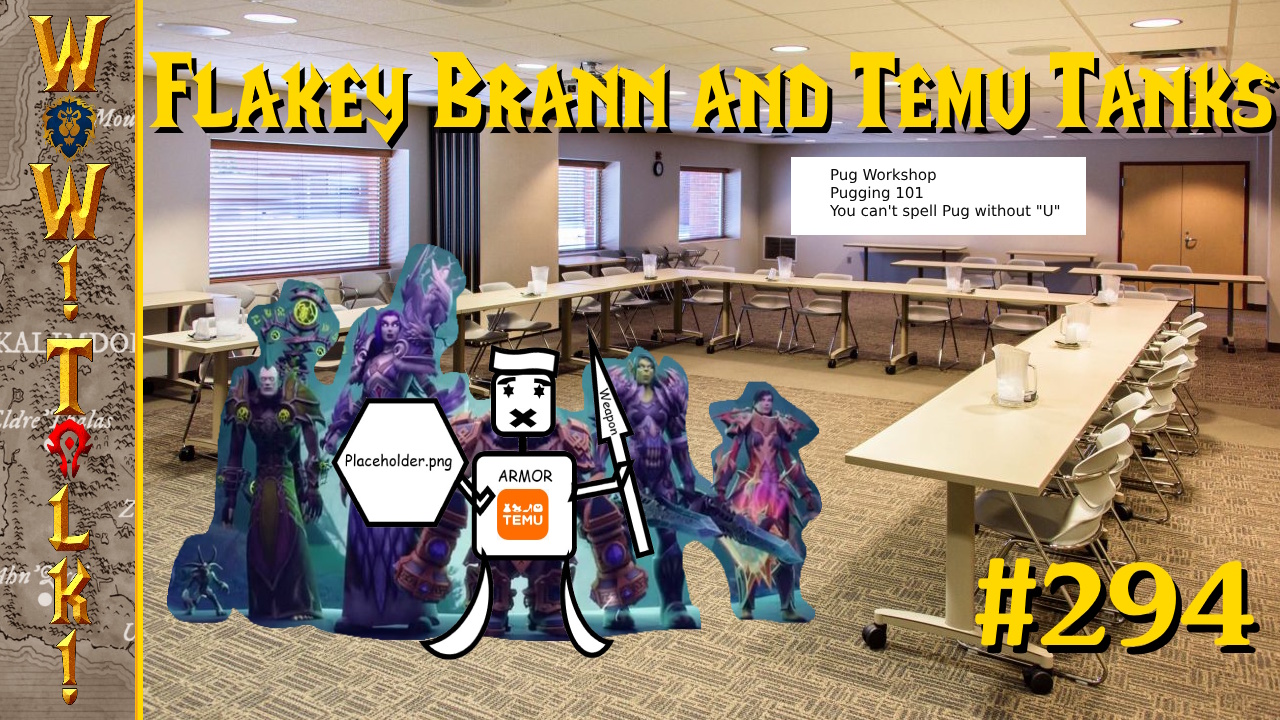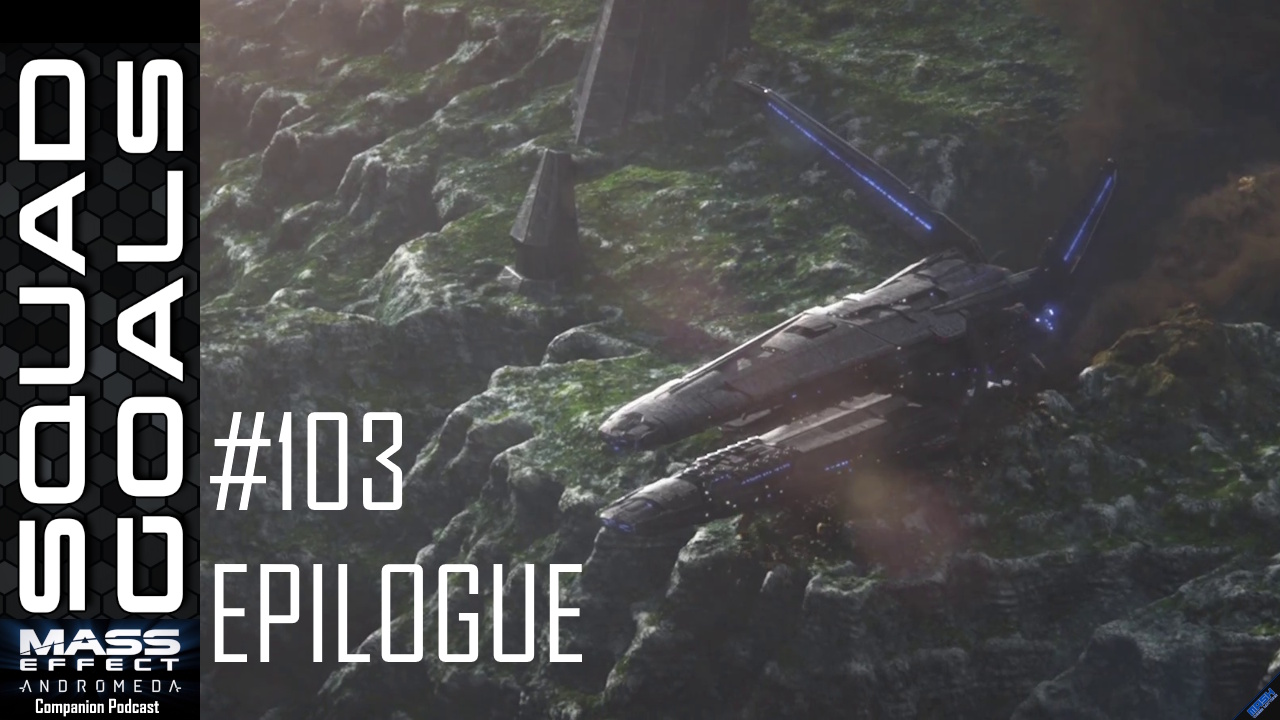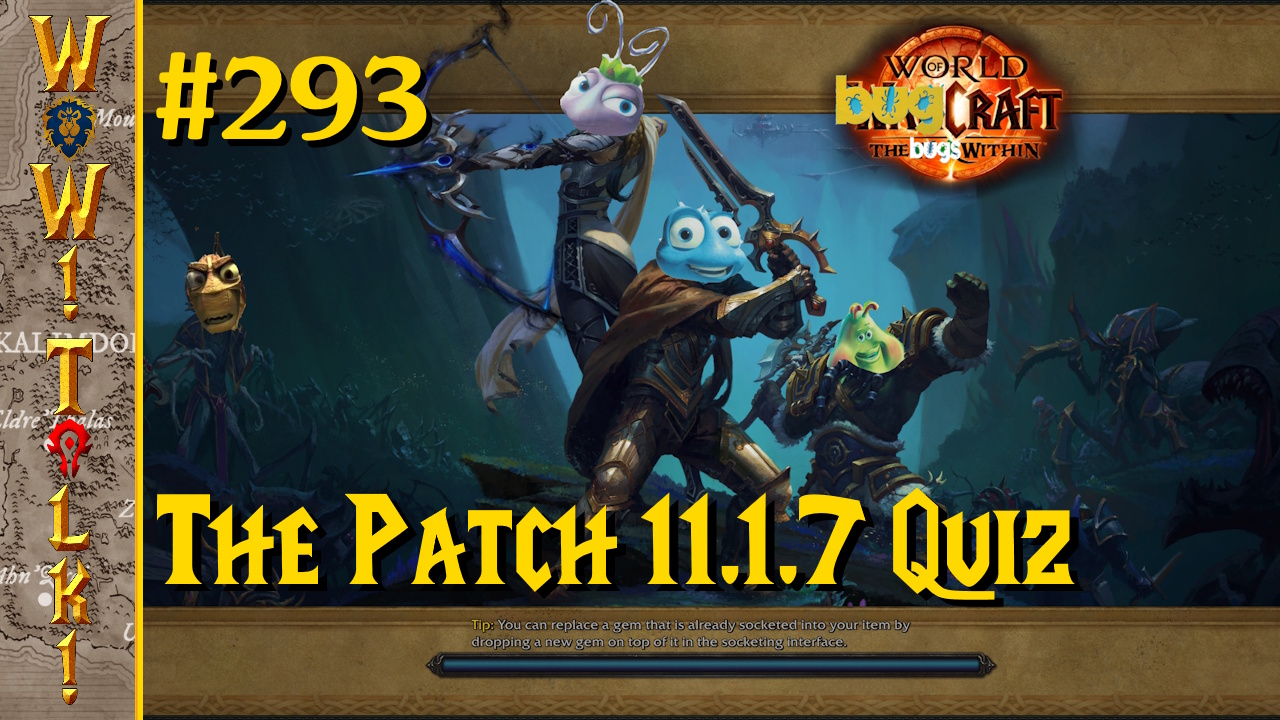
PAX East 2013 was full of surprises for me, and The Swapper was one of the bigger ones. It was another game that I didn’t know existed until I hit the show floor, and yet another game that blew me away. The Swapper is a 2D side-scrolling puzzle game that starts with you using an escape pod to eject from a space station orbiting a planet. The planet you land on has some type of station or colony, but it’s eerily abandoned.
Early in the game you find a device that allows you to project clones of yourself. It kind of looks and works like a flashlight, but I’m sure it has a fancier name than that. You can place up to four clones at a time, and each clone mimics your exact movements. Your movement itself becomes part of the puzzles; trying to figure out how to get a clone to a specific location without moving other clones out of place. Also, not too far into the game you find the swapping device which allows you to swap places with your clones.
When I first got this ability I figured it would be used for things like reaching high places or swapping with a clone across a gap, but it went farther than this. In one puzzle I had to jump from a high place, but it was so high that when I touched down I folded like a soda can. The game tested my reflexes by forcing me to create a clone as I got closer to the ground and swapping to that clone before the real me died. When you use the swapping device time slows down, but not enough to make it very easy to perform the task I just described. It feels like the developer got the timing just right to make it both fair and challenging.
The last puzzle I solved (and the trickiest puzzle that I played so far) involved two sliding walls that blocked my path and a huge gap between them. When I stood on a button, one wall would slide up while the other slid down. I knew to get to the other side I had to stand on the button long enough to open up the other path, but if I waited too long the path in front of me would be blocked off. The solution involved me standing on the button just long enough to make the wall come down to the point where I couldn’t move forward, creating a clone then swapping to it out in the gap. After that, I had to continue to make clones and swap in midair over and over again until I could place a clone on the now-open pathway on the other side. This may sound easy to you, but one missed swap would send me to my death; and with gravity still affecting me and the clone while swapping, bad times could have easily happened.
I fell in love with the game play because, besides telling you which buttons did what on the devices, there was no instruction. The player is left to explore and solve the puzzles on their own, and because of that it is a very rewarding experience. There is no mention of slowing down time with the swapper and no directional arrows telling you where to go. It was just my natural instinct to go right. And when I couldn’t go right anymore, I figured it was time to go left, up, or down.

The thing that caught my eye about The Swapper wasn’t a beautiful banner or crazy booth; it was actually the look of the game itself. I had never really seen anything like it in a video game before. Even though the setting was in deep space it felt real to a degree. I had a chance to talk with Olli Harjola, Creative Director on the project, and he explained to me that every asset in the game was sculpted in clay in real life, then brought into the game using photography. I was pretty blown away. This is the first time I’ve ever heard of someone doing something like that in a game, and it paid off because the look is so unique.
Due to that and the way the game is lit there is an uncanny sense of solitude. Here I am in a convention with about 70,000 people in it, and when I played this game I felt so alone. Sound definitely played its part as well. No music, but there is just the ambiance of emptiness throughout the entire facility. The only company you have are the machines that are still running or the hum of electricity in certain places, and your own footsteps. With those sounds being your only company, it just adds to the solitude.
Not too long after you reach the planet you actually find a way back to the ship you just ejected from (why would you want to go back there?). Even though this is in deep space, you won’t be looking at the same background all the time. Within the ship itself there are several areas that look different. When you first get back your surroundings look like something out of Alien, but soon I found myself in what looked like a botanical garden that had been abandoned for quite some time and overrun by the plant life.
Not only did it change the surroundings, but it also introduced new puzzle elements: lights. I found that I was unable to create a clone through the blue light, and there was also a red light that I was couldn’t swap through. The way the lights were placed not only made the puzzles challenging, but it felt like the development team worked to make sure the lighting would blend well with the background while also being noticeable.
There wasn’t any dialogue from your character because there was no one else to talk too, but you come across these rock fragments that always had something to say. I had a chance to talk with the writer for the game and he says there is definitely a story thread to unravel, and perhaps there may be someone else to talk to down the line. Unfortunately, according to him there were no collectables planned for the game, which isn’t a huge loss for me.
I was swept away by how beautiful, eerie, fun, and challenging The Swapper was in the short time that I had to play it. The game is expected to release within the next few months and it is now one of my most anticipated games of 2013.




